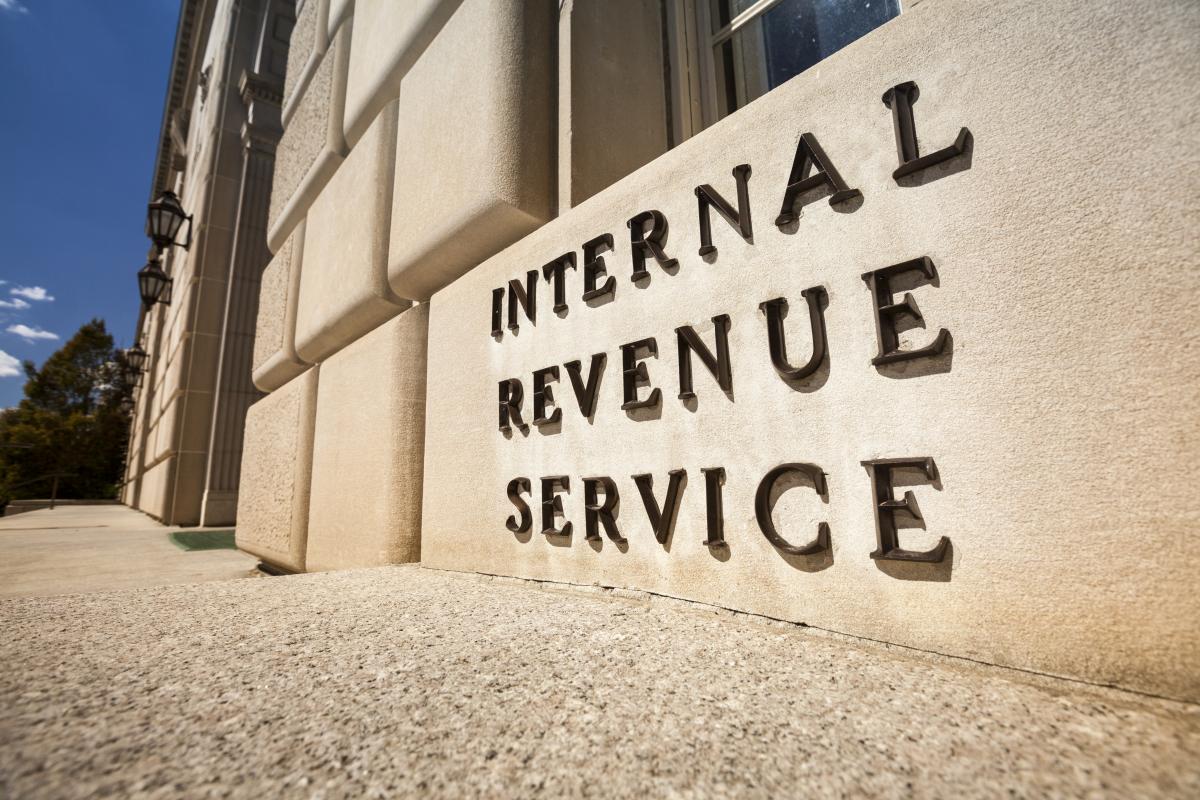
A panel of witnesses testified before members of the House Ways and Means Committee Tuesday about expanding access to higher education, primarily focusing on how existing policies -- like the Pell Grant and higher education tax credits -- could be reformed to better serve the students most in need.
The current higher education system is not equipped to support low-income students, students of color and students with disabilities, said Marshall Anthony Jr., a senior policy analyst at the progressive think tank the Center for American Progress. The Pell Grant doesn’t cover a high enough share of the cost of college, students would have to work more than 15 hours a week in most states in order to afford to attend a four-year public institution -- and studies suggest working more than that can hinder students' completion -- and the lack of funding for community colleges means they often don’t have the resources to serve the lower-income students who attend.
“The ability to graduate should not be conditional upon a student having good fortune,” Anthony said. “But we’ve created and perpetuated a system where that unfortunate reality has been the standard for far too long.”
The intent of the virtual subcommittee hearing was to examine how the powerful, tax-writing Ways and Means Committee could do more to help students, said Representative Bill Pascrell Jr., a Democrat from New Jersey, in his opening statement.
“Are there ways to use the tax code to enable students, especially low-income ones, to receive higher education?” Pascrell asked. “That’s the question.”
And several of the witnesses offered answers. Susan Dynarski, a professor of public policy, education and economics at the University of Michigan, said that current higher education tax incentives aren’t reaching the right students.
“The education tax benefits provide relief for upper-income families who have gone to college,” Dynarski said. “But they provide comparatively little relief for low-income families.”
For example, only students who pay over $10,000 a year in tuition and fees can receive the full Lifetime Learning Credit -- which can help pay for undergraduate, graduate or professional degree courses and can be claimed for an unlimited number of years. But community colleges, which enroll the majority of undergraduates as well as disadvantaged populations, don’t have tuition costs high enough for students to claim it.
Dynarski recommended creating a single, refundable tax credit for tuition, fees, room and board to reduce complexity of the tax code and ensure families in lower tax brackets are able to receive the maximum benefits. She also recommended delivering the credit at the time of college enrollment -- when tuition is due and the credit is most needed -- rather than when taxes are filed the following year.
Congress should also end the taxability of scholarships and grant aid and re-examine the tax policies surrounding charitable giving, testified Susan Whealler Johnston, president and CEO of the National Association of College and University Business Officers. Tax policies should be strengthened to encourage giving, and policies that discourage giving and take charitable resources away from higher education -- like the tax on net investment income -- should be reversed.
“The 2020 NACUBO TIAA study of endowments found that the 703 participating institutions spent more than $23.3 billion from their endowments, with about 49 percent of the funds going directly to student financial aid,” Johnston said, adding in her written testimony that the net investment income tax results in fewer dollars available for scholarships.
Over all, the process for students to access financial support, whether through tax credits or federal programs, needs to be simple, said Steven Rose, president of Passaic County Community College in Paterson, N.J.
“If it’s not simple, it doesn’t work,” Rose said. “We have so many students who would qualify for a Pell Grant, but they can’t get through the application process. They get thrown into this morass of verification -- we’re asking them to bring in documents from estranged relatives that they haven’t seen in years, and that’s the only way they can get financial aid.”
But maybe the solution isn’t just about creating new ways to help students pay for college, which is where today’s higher education policy focus tends to be, testified Scott Pulsipher, president of Western Governors College, a nonprofit, online-only college.
“We need greater accountability for the cost of education -- not just new models of paying for it,” Pulsipher said.
from Inside Higher Ed | News https://ift.tt/3h5rfb4


No comments:
Post a Comment